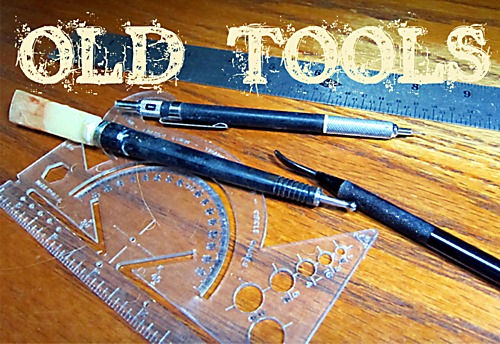Old Tools
- Richard Sutton
- Jan 8, 2020
- 3 min read
Last year, a writer I know decided to crowd-source fund his latest publishing adventure. He wanted to produce a hardbound book in letterpress printing. Needless to say, it became a labor of love: a very limited print run in high quality. Some prefer the intense, crisp typography possible with the best letterpress equipment and skilled press operators. Letterpress is also unique in its ability to imprint colored and metallic foils into a cover or text style paper stock. I was thinking about how fast that technology morphed from the mundane daily printing of everything, to the arena of fine-arts handmade book production. I thought of the tools of the craft. Things like ink brayers, printer’s devils and type case quoins, now oddities that turn up at garage sales. Quaint items that few actually remember using.
Letterpress requires a specific skillset with a very long learning curve. It takes much longer to produce a print run, as well, so the costs are much higher. In fact, in its most basic form, letterpress took Gutenberg’s ideas and tilted the whole thing on its side. An individual page was made up of separate elements of headline and text typography, line by line; pictorial elements of either photo halftone etchings, woodblock cuts or steel line engravings, locked together into the page frame with the rest so that the page could be inked, then pressed into the paper stock. One at a time, until the quantity was reached and the next page had to be made up. It was all done by hand, by men wearing magnifying loupe visors. High tolerances were achieved by the most skilled pressmen.
At the beginning of my earlier career as a graphic designer – now some thirty years behind me – I had a whole chest of tools I needed to purchase to ply the trade. Things like a set of really high-quality dividers, several compasses and beam compasses, ink ruling nibs, Rapidograph pens, agate rulers with a pica scale, Haberules with point-sized baselines cast on them, Linen counters, Type sizing scales… the list is very long and includes sets of dye marker pens in hundreds of PMS matched colors as well as lead holders and leads of various softness and color including a non-repro blue one. Bottles of India Ink. Even a relatively short time later, these same tools are now considered quaint reminders of bygone technology in the graphic arts. Many recent graduates of college graphics programs might only recognize them from images they’ve seen in text books.
I recall that when I began my graphics career, letterpress printing had turned over almost the entire farm to offset printing. There were still a few things that letterpress was still preferred for, but mostly at that time it was offset printing that had its day and still does. High speed production, photo-mechanical plating, faster color separation and paper handling made books much less expensive when offset printed. It was the same for all printed communications from magazines, to flyers to instruction manuals or corporate annual reports. Today, offset presses run faster than ever, but the rising cost of paper, production time and electricity have slowly made it much more expensive than it was initially.
On my desk, I recently lined up a series of antique tools of the letterpress days (image at the top of this post). I love the hand worn surfaces of the printer’s devil (type quoin key) and quoins. They were in their way, responsible for the fairly recent advent of majority literacy. If you think about the ways books were produced before high-speed letterpress, by hand: a page at a time, then bound by hand-stitching; it’s no wonder that the average person could never afford to actually own books. When the costs of print production came down, the rates of literacy went up all over the world.
Which brings us to the present. I imagine someday, someone will assemble a group of old tools on a table and take a similar picture. It might include a smart phone, a Paperwhite Kindle, maybe a usb cable tied around them and a CDROM lying nearby to reflect the rainbow. The photographer may want to use it to illustrate an article about vanishing technology. The quaint past.
We humans just never get tired of stories, and as the ways we devise to get stories from the storyteller’s lips into our ears change, so will the tools that those who make books will create and use to keep us all entertained and educated. The technologies and formats will change. Many won’t be around anymore, but the readers (or listeners) will always be there, waiting to be swept away in someone else’s words.




Comments